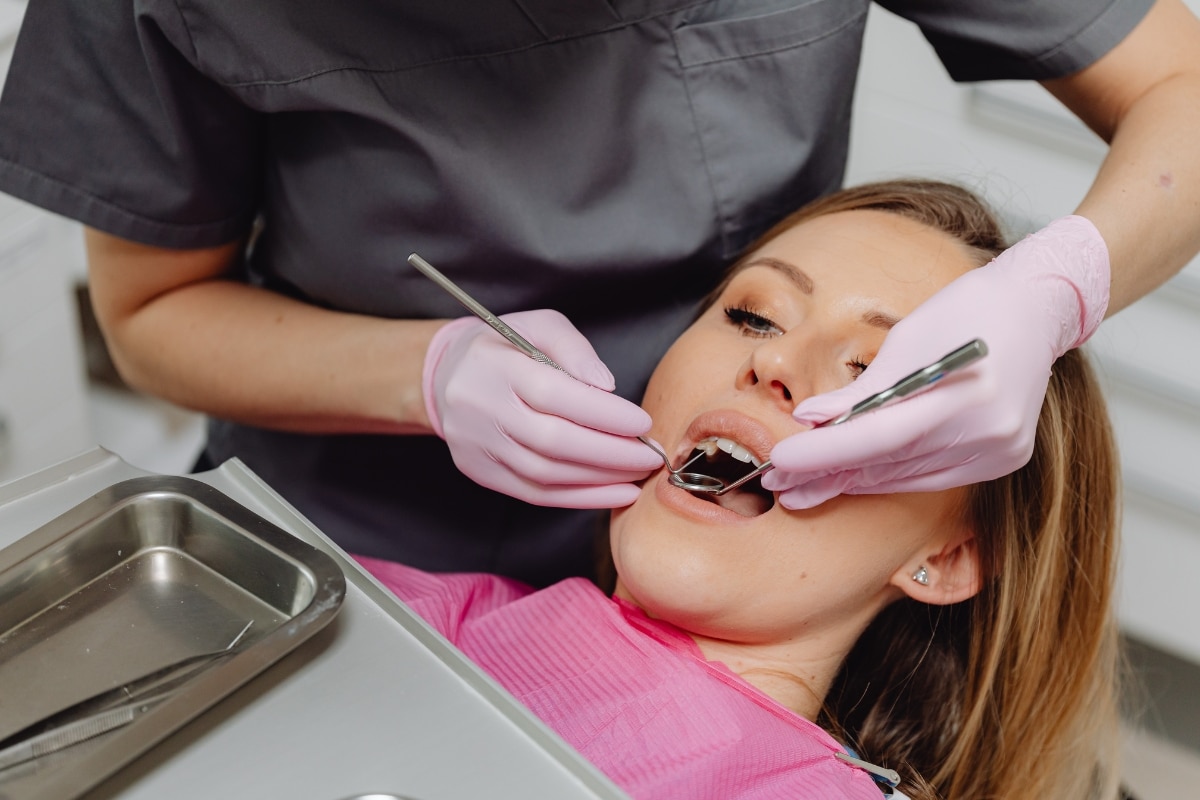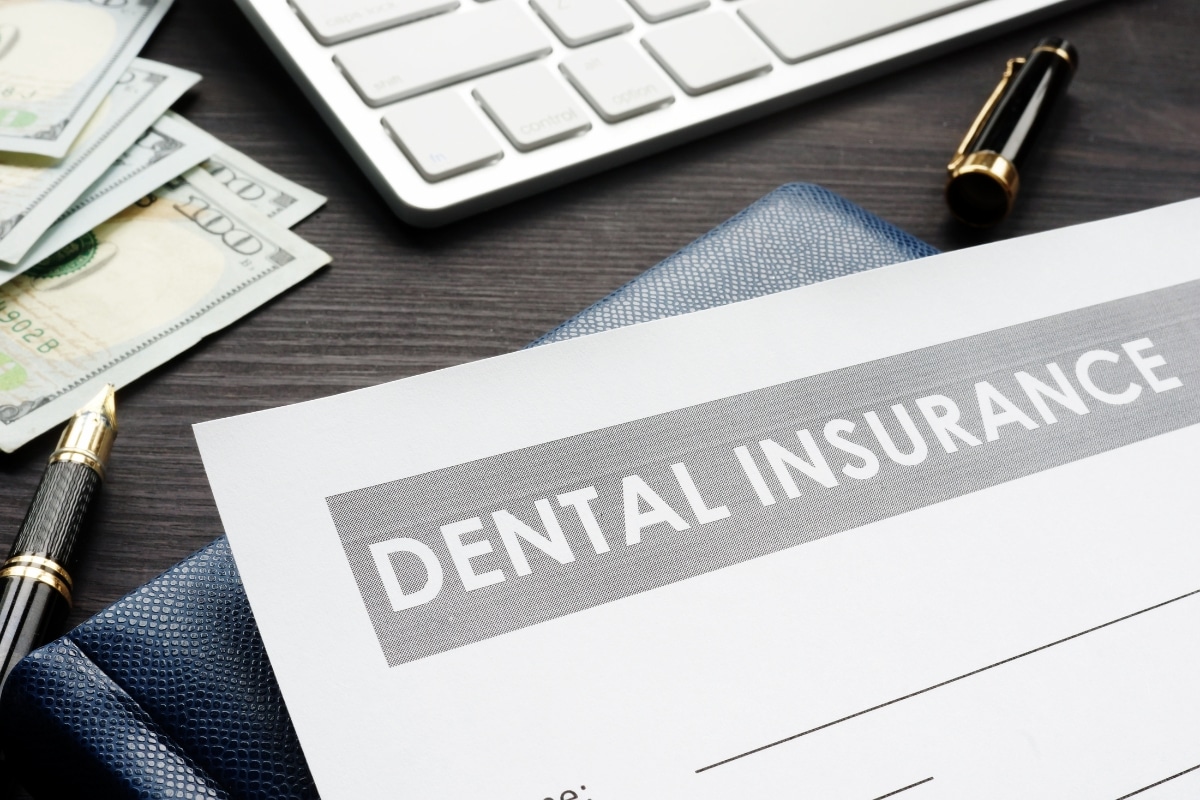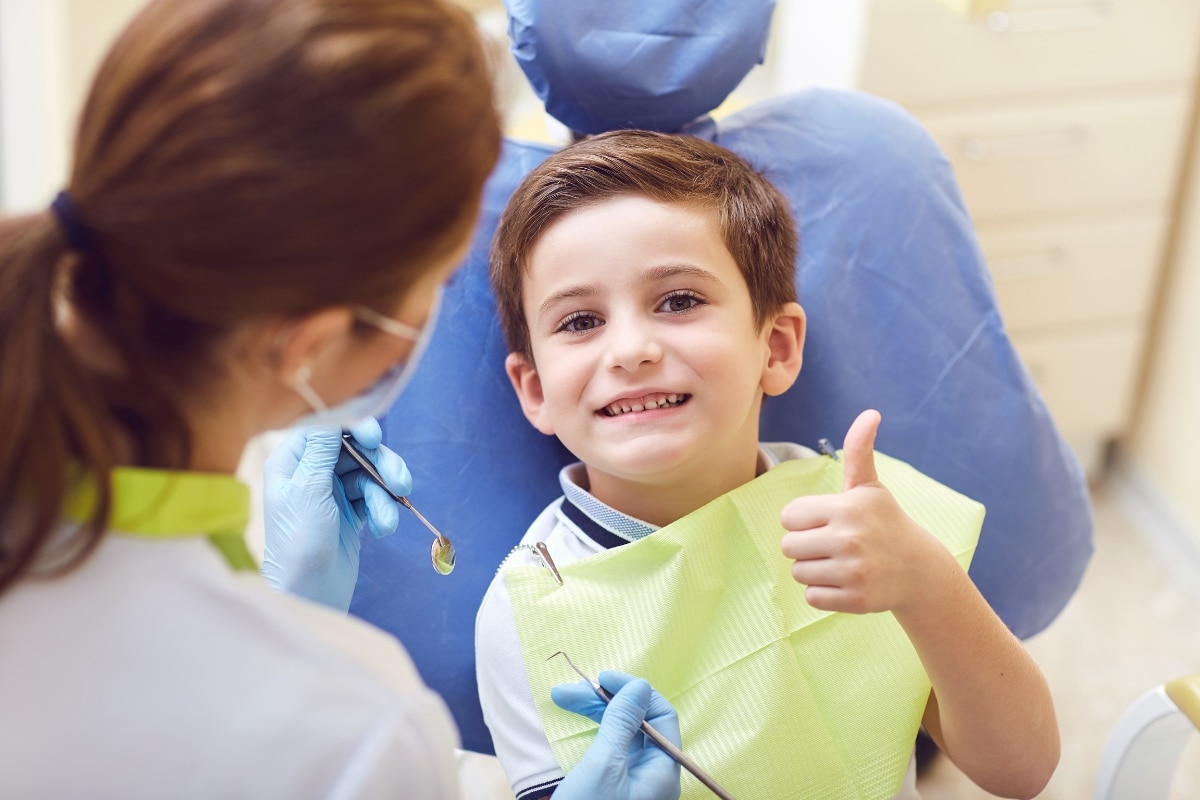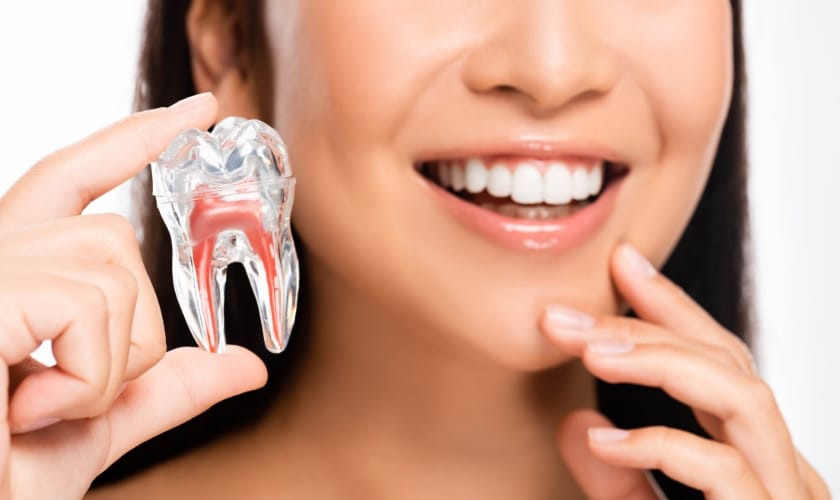Pay Online
Should I Brush My Teeth After Using Whitening Strips

Should I brush my teeth after using whitening strips? We all strive for that dazzling, pearly white smile, and whitening strips have become a popular go-to solution. But what is the best practice for maintaining oral hygiene alongside these powerful little strips? In this article, we’ll delve into the science behind whitening strips, explore why brushing your teeth is essential, discuss the potential risks of over-brushing, and provide expert recommendations on how to strike the perfect balance between strip usage and toothbrush action. So put on your brightest smile as we unravel the mysteries of dental care!
How Do Whitening Strips Work?
How do whitening strips work? This is a common question among those looking to brighten their smiles. Whitening strips are thin, flexible pieces of plastic that are coated with a gel containing peroxide. When applied to the teeth, the peroxide in the gel breaks down and releases oxygen molecules.
These oxygen molecules penetrate the enamel and dentin layers of the teeth, breaking up stains and discoloration. Over time, this process can lead to noticeably whiter teeth. Using whitening strips is relatively simple. You simply peel off the backing of each strip and apply them directly onto your top and bottom teeth. The strips should be left on for a designated amount of time, typically around.
It’s important to note that whitening strips should not be used more frequently or for longer periods than recommended by the manufacturer or dentist. Using them too often or leaving them on for too long can lead to tooth sensitivity and gum irritation. In addition to using whitening strips, it’s crucial to maintain good oral hygiene habits such as brushing your teeth twice a day with fluoride toothpaste and flossing daily. This will help remove plaque buildup and prevent new stains from forming on your newly whitened teeth.
To ensure optimal results while using whitening strips, choose a brand that has been recommended by dentists or dental professionals. They can provide advice specific to your oral health needs. Whitening strips can effectively remove surface stains from your teeth when used correctly and in moderation. However, it’s important to consult with your dentist before starting any whitening treatment plan to ensure it is safe for you.
The Importance Of Brushing Your Teeth
The importance of brushing your teeth cannot be overstated. It is a crucial step in maintaining good oral hygiene and preventing dental issues such as cavities, gum disease, and bad breath. Brushing removes plaque and bacteria from the surfaces of your teeth, keeping them clean and healthy.
Regular brushing also helps to prevent staining on your teeth caused by everyday food and drinks. This is especially important if you are using whitening strips to enhance the whiteness of your smile. By brushing after using whitening strips, you can help ensure that any residue or particles are thoroughly removed from your teeth.
Potential harm from over-brushing
When it comes to oral hygiene, brushing your teeth is essential. However, there can be too much of a good thing. Believe it or not, over-brushing can harm your teeth and gums in the long run.
One common misconception is that brushing harder and longer will lead to cleaner and whiter teeth. But the truth is, that excessive brushing can wear down the protective enamel layer on your teeth, making them more susceptible to sensitivity and decay.
Additionally, aggressive brushing techniques can irritate your gums and cause them to recede. This exposes the sensitive roots of your teeth and increases the risk of gum disease.
Recommendations from dentists
Dentists are the experts when it comes to oral health, so their recommendations carry a lot of weight. When it comes to using whitening strips and brushing your teeth, dentists have some important advice to keep in mind.
Many dentists recommend brushing your teeth before applying whitening strips. This is because brushing removes any plaque and debris from the surface of your teeth, allowing the whitening agents in the strips to work more effectively. By starting with a clean slate, you can maximize the results of your whitening treatment.
Dentists advise waiting at least 30 minutes after removing the whitening strips before brushing your teeth. This allows time for any active ingredients in the strips to fully penetrate and provide optimal results. Brushing immediately after using whitening strips may not give you the desired outcome.
Additionally, it’s essential not to over-brush your teeth while using whitening strips or at any other time. Overbrushing can lead to enamel erosion and gum damage over time. It’s best to stick with gentle circular motions and a soft-bristled toothbrush for optimal oral care.
Don’t forget about regular dental check-ups! Dentists recommend scheduling routine visits every six months or as advised by your dentist for professional cleanings and thorough examinations of your oral health.
Tips for using whitening strips and brushing your teeth effectively
1. Follow the instructions: When using whitening strips, it’s crucial to read and follow the instructions provided by the manufacturer carefully. Each brand may have specific guidelines for application time and frequency. Following these directions will help you achieve optimal results without causing any harm to your teeth or gums.
2. Use gentle toothpaste: While whitening strips work to remove surface stains, maintaining good oral hygiene is equally important. Choose a toothpaste that is gentle on your enamel and contains fluoride to protect against cavities.
3. Brush before applying the strips: It’s recommended to brush your teeth before applying whitening strips. This helps remove any plaque or food particles from the surface of your teeth, allowing the whitening ingredients in the strips to make better contact with your enamel.
4. Avoid over-brushing: While brushing regularly is essential, excessive brushing can damage your enamel over time. Stick to brushing twice a day for two minutes each time using a soft-bristled toothbrush.
5. Rinse thoroughly after using whitening strips: After removing the whitening strips, rinse your mouth thoroughly with water or an alcohol-free mouthwash to remove any residue left behind by the product.
Remember, consulting with a dentist is always wise if you have any concerns about using whitening strips or want personalized advice on achieving a brighter smile safely.
Using whitening strips can be an effective way to brighten your smile and improve the appearance of your teeth. However, it is important to consider the impact on your oral health and whether or not brushing immediately after using whitening strips is necessary.
While brushing your teeth is a crucial part of maintaining good oral hygiene, over-brushing can lead to potential harm such as enamel erosion and gum damage. Dentists recommend waiting at least 30 minutes after using whitening strips before brushing your teeth to allow for proper remineralization.
Recent Posts

Swelling, Fever, or Abscess? How to Spot a Dental Emergency Early

Unlock Your Annual Maximum: The Hidden Financial Benefit of Your Dental Insurance’s “Use-It-or-Lose-It” Policy

Bad Breath in Children: Common Causes and Solutions from a Dentist in Elgin

Northeast Family Dental Care Elgin Explains Best Habits to Prevent Tooth Grinding


